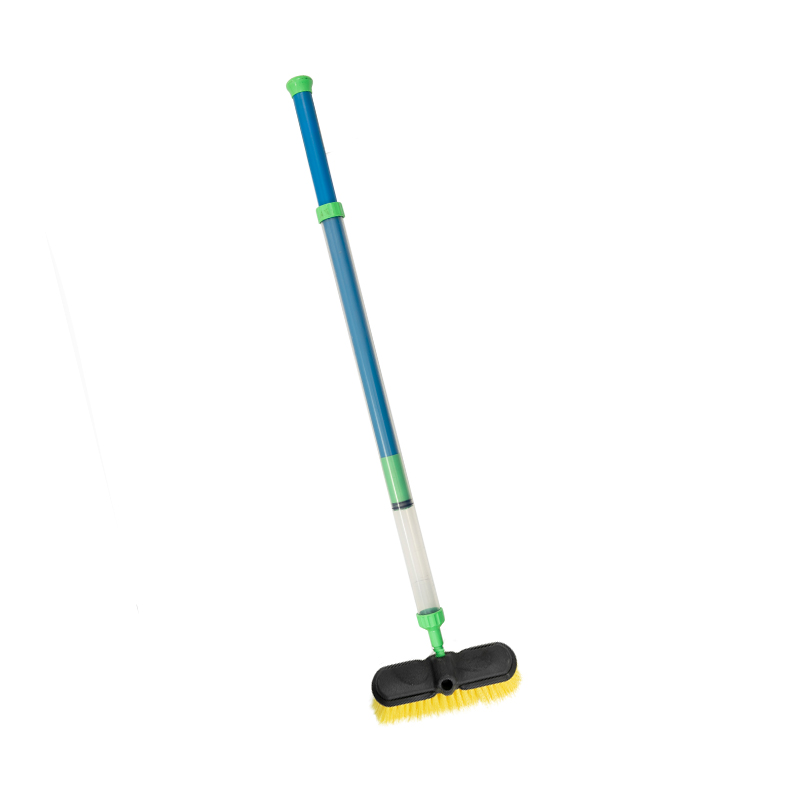China Telescopic Wash Brushes Factory, Welcome To Ningbo Siboer Cleaning Tool CO., LTD
China Telescopic Wash Brushes Factory, Welcome To Ningbo Siboer Cleaning Tool CO., LTD
Brush definition The brush is a common tool for bristle […]
Brush definition
The brush is a common tool for bristles, wires or other filaments. It usually consists of a handle or a block. Depending on how the brush is held during use, the filament can be fixed to the handle or block in a parallel or vertical direction. Choose bulk materials and bristle or filament materials to withstand the hazards of their intended use, such as corrosive chemicals, heat or abrasion. It is used for cleaning, retouching hair, makeup, painting, surface treatment and many other purposes. It is one of the most basic and versatile tools used today, and every ordinary family may contain dozens of varieties.
Brush etymology
From Middle English brusshe, from Old French broisse (modern French BROSSE), from Vulgar Latin * brustia, from primitive Germanic * burstiz ("hair"), or also Vulgar Latin * bruscia, from primitive Germanic * bruskaz (" a cluster, Bushes, bushes").
Brush history
When the house was originally occupied, the owner used branches removed from the bushes to remove dirt, so the first batch of brushes was used. In 1859, the first American brush factory was established in New York. [1]

Brush manufacturing
A common way of fixing the brush and the filament in the brush is a staple or an anchor brush, in which the staple is pressed into a hole with a special screwdriver in the middle and fixed by a reaction force Here the wall of the hole and the part of the staple stapled to the bottom of the hole. A staple can be used instead of a staple. Anchor is a rectangular outline fixed to the wall of the hole like most toothbrushes. Another method of attaching bristles to the surface can be found in the molten brush, where plastic fibers are welded to another plastic surface instead of being inserted into the hole, so that you can choose to use different diameter hard in the same brush hair.
Cleaning function
Brushes for cleaning come in a variety of sizes, from the size of a toothbrush to a standard household version with bumps, to a 36-inch deck brush. There are brushes for cleaning tiny cracks and crevices, and brushes for cleaning the floors of huge warehouses. The brush performs multiple cleaning tasks. For example, a brush gently wipes the dust from the smallest figurine, helping to wipe off stains on clothes and shoes, removing dirt from tires, and using a pan to remove dirt and debris found on the floor. Special brushes can be used for various activities, including cleaning vegetables, used as toilet brushes, washing glasses, cleaning tiles, and as a mild abrasive for sanding.